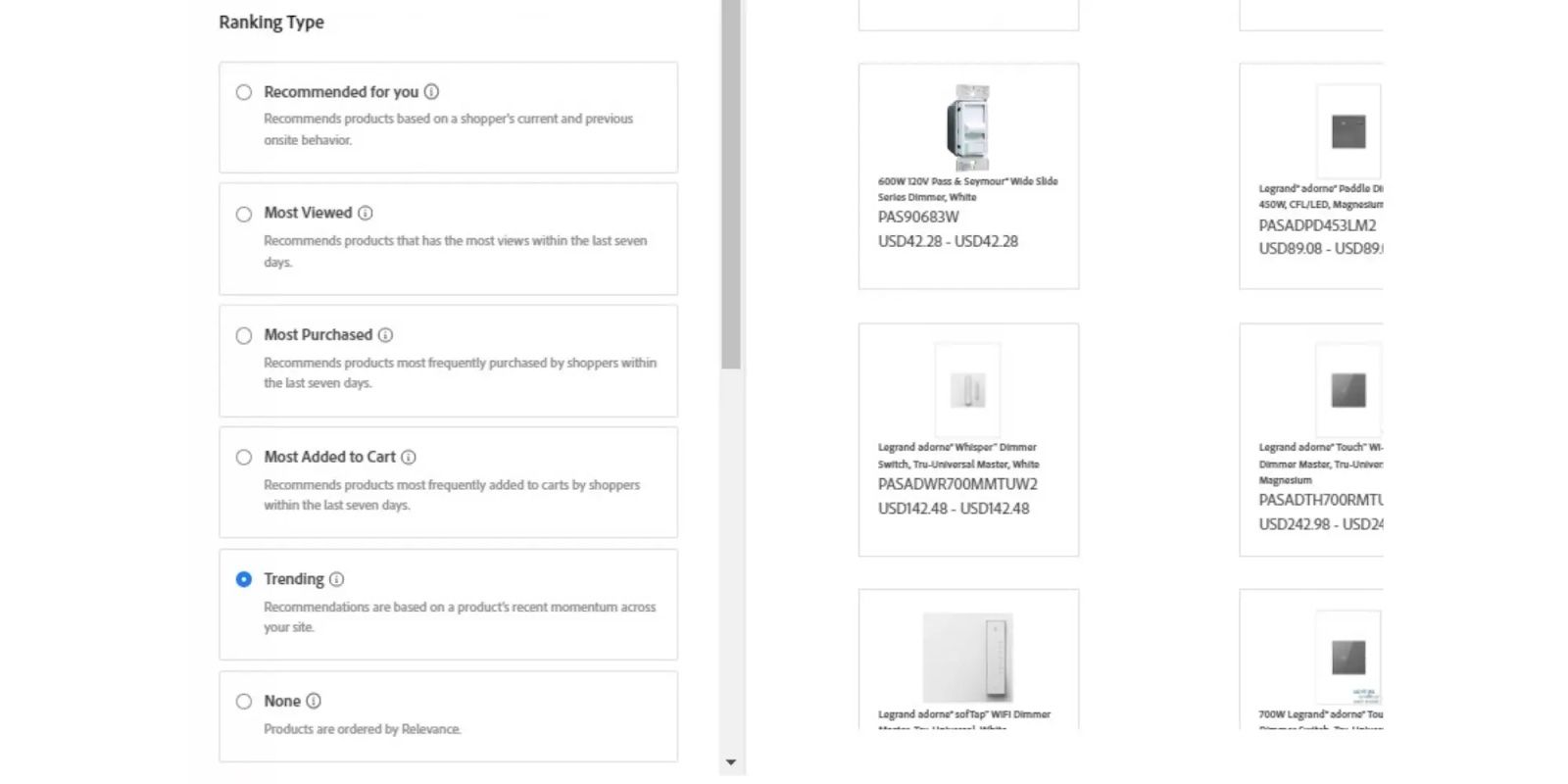
AI Fraud Detection Will Save eCommerce Brands Billions

Fighting Fraud with Fire
Recognizing A Broken Pattern
AI-based fraud detection systems can adapt, making increasingly nuanced decisions as new behavior patterns emerge. Let’s take a look at the recent pandemic, for example. During the early stages of the lockdown, buyers who previously were never large purchasers of home improvement items and tools were now making substantial purchases in these categories. To avoid mistakenly rejecting purchases, which may have formerly appeared deceptive, eCommerce merchants had to adjust how they monitor and flag accounts. This is precisely the kind of near real-time adjustments that A.I. can make autonomously. Expedited shipping is another example of real-time A.I. advancements. According to Riskified data, orders placed with expedited shipping increased by 140% from January to December of 2020, while fraud levels decreased by 45% over the same period. In addition, expedited shipping reduces a merchant’s time to cancel an order and is perceived as a red flag for fraud detection. However, the pandemic has made this shipping method prevalent, becoming a safer practice over time.Emerging Threats
Identifying suspicious payment activity committed by previously genuine customers can be particularly challenging. A common example is known as “friendly fraud,” where a customer disputes a charge with their credit card company to evade payment for a previously purchased product from a physical goods retailer. Fraudsters can claim that an item was not received by filing an “item not received” chargeback with their bank or credit card company. In fact, some engage in large-scale chargebacks and sell the items on the black market, causing retailers to lose millions of dollars each year. If this were to occur in a physical store, it would fall under the category of shoplifting. A rapidly growing fraud trend known as policy abuse involves regular, paying customers breaking a retailer’s terms and conditions, usually to save or make money. Although policy abuse differs from traditional fraud, retailers can still suffer financial losses which can go unnoticed. As a result, businesses are now turning to AI to address these situations. The A.I. will collect data, including IP addresses, device fingerprinting, and behavioral analytics. This data is then cross-referenced against past orders in various merchant networks. For example, suppose a customer is disputing a fraudulent order not placed by them. In that case, the system can verify if the order was placed using the same IP address and/or device the customer has previously placed orders. This empowers merchants to prioritize disputes and address policy abuse from the most frequent offenders, automating the dispute resolution process for enhanced scalability and efficiency. With the increasing sophistication of fraud tactics, fraud detection methods have also evolved. Soon, analysis of biometric aspects of e-commerce, such as “voiceprint” and the angle at which a mobile phone is held, will go beyond monitoring purchasing patterns.Bringing It All Together
With an AI-powered fraud prevention system, businesses can be flexible and tailor their approach to new threats and opportunities as regulators, customers, and criminals continue to evolve. By leveraging AI-based techniques, e-commerce businesses can significantly reduce the risk of costly losses from fraudulent transactions while also providing a smoother shopping experience for their customers. It is clear that AI is playing a vital role in fraud prevention strategies for e-commerce businesses today, and will continue to do so for the foreseeable future.Drop Us a Line At:
Or, if you prefer an old-fashioned phone call:
Phone (USA): (513) 469-3362
4665 Cornell Rd. Suite 255
Cincinnati, OH 45241




















